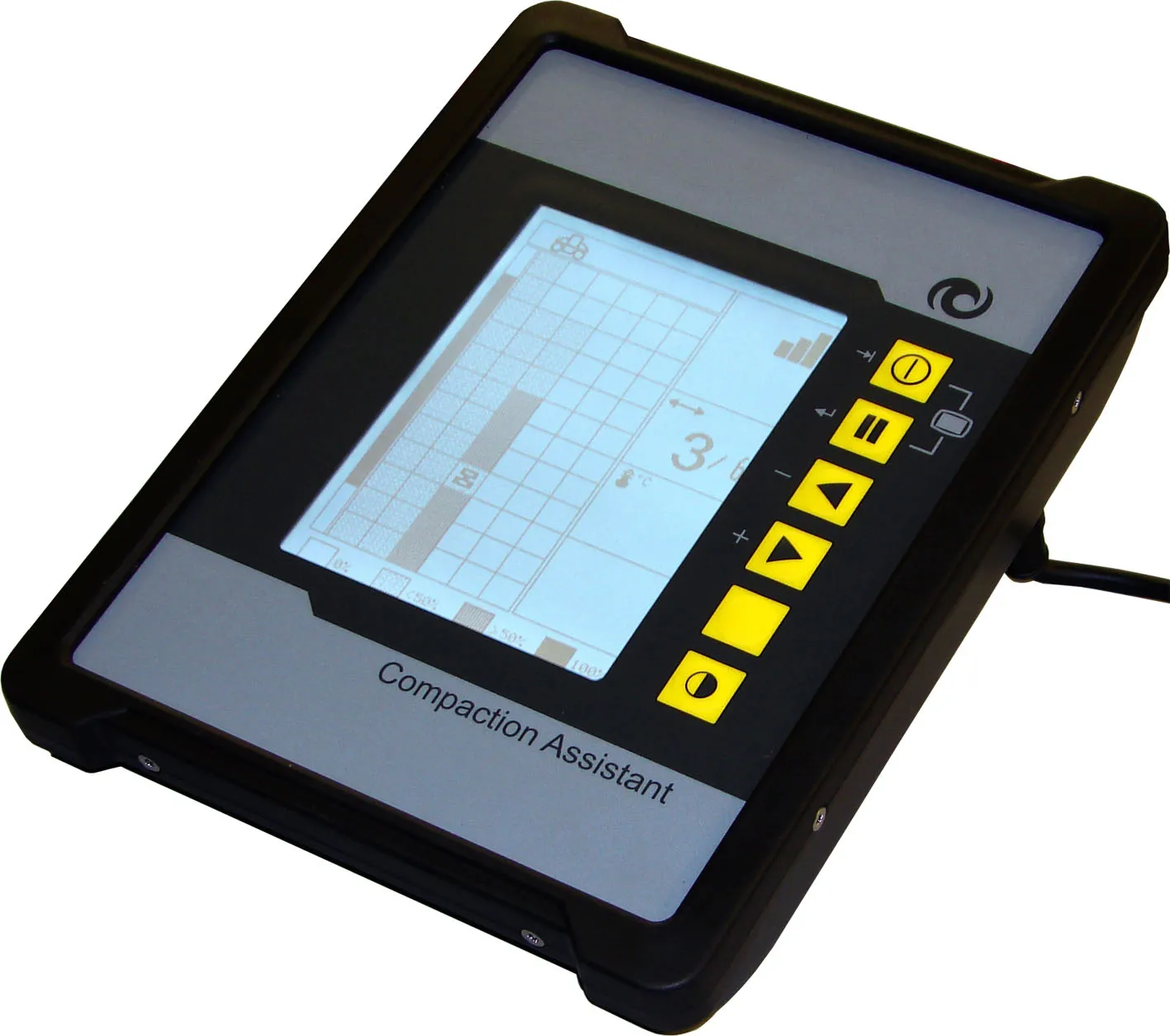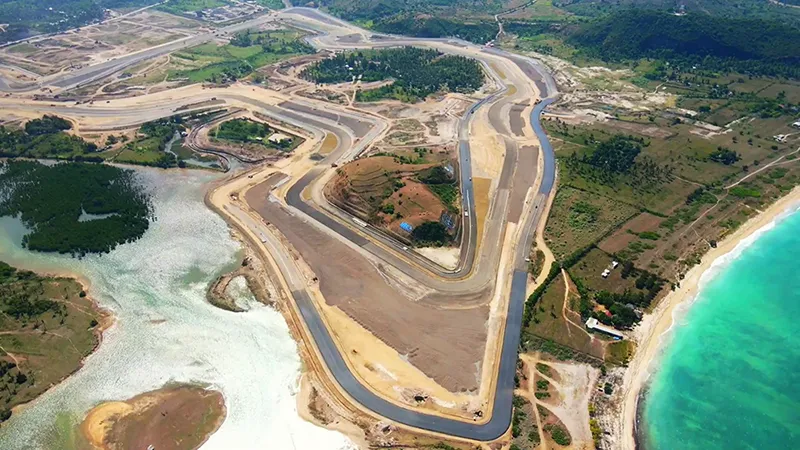A series of new rubber tyred asphalt compactors are now coming to market from several key manufacturers - Mike Woof writes
Several of the major European compactor manufacturers are introducing new rubber tyred machines to meet demand. Pneumatic tyred rollers are often used for finishing work in road construction, due to the high quality surface they can deliver.
For a time development of these machines stalled but in recent years there has been a resurgence of interest in their use. Contractors have realised these machines do offer considerable benefits in terms of maximising production in asphalt finishing and sealing applications, while the machines are also being used in some markets for compacting dirt roads.
From Atlas Copco come the new CP1200 and the larger CP2700, which are said to offer good operator comfort and visibility from spacious platforms. The machines are equipped with ergonomic controls and a rotating, sideway-sliding seat and steering assembly so as to make it easier and more comfortable to operate. Ergonomic controls allow the operator to focus on compacting rather than looking down to check controls, while the sliding seats are said to ensure clear sight lines of the roller and compacting surface.
Power for the larger CP2700 comes from a Tier 4 Interim compliant diesel with low exhaust and noise emissions. Meanwhile the drive system offers a smooth start/stop system, which helps deliver a high-quality finished surface. A dual-circuit braking system is fitted for safety when the machine is working on inclines and declines.
As with other road machines from Atlas Copco, the new machines are built along modular lines and share components and sub-systems with other models in the line-up. This lowers parts holding costs as well as downtime for servicing.
The larger CP2700 offers a compaction width of 2.3m and a maximum operating weight of 26.76tonnes. This is said to suit it to a wide variety of finishing and sealing asphalt work and soil compaction applications. An optional feature is the firm’s DCA-A compaction analyser that reduces the risk of over compaction, as this can damage the roller and lower the quality of the work being carried out. This system also ensures the operator makes sufficient passes to meet the finish specification.
Also optional is a temperature sensor system, which works with the DCA-A analyser and helps achieve optimum density and surface texture. The system also provides full statistics and documentation and can be used to playback the rolling pattern and produce a printout of all relevant information. This can be delievred either on paper or as a PDF file for later analysis. The system allows contractors to replicate the same parameters on similar projects or readily supply for Federal Highway Department inspections.
Another key option is the air-on-the-run system, allowing users to adjust tyre pressures during compaction.
From BOMAG come compact rubber tyred rollers for the 4.5-11tonne market. There are different variants available for the BW 11 RH-5, all of which are articulated and feature hydrostatic drives with three speed ranges. These models are said to suit use for compacting chippings for surface dressing purposes, as well as for other finishing tasks. The machines feature a central positioning for the articulated joint and this design is said to allow the four rear wheels to roll in the gaps between the five front wheels whether the machine is compacting straight sections or curves. The machine is also said to offer good compaction and even surface quality, while its compact dimensions and tight turning radius of 2.7m means it can operate where space is tight. The machines have a new operator platform that benefits from single drum roller design. Meanwhile power comes from a Kubota diesel that meets Tier 4 requirements, while in addition to the hydrostatic braking function these models are equipped with a dynamic service brake. Other features include ease of servicing due to maintenance-free joints.
Hamm has also widened its rubber tyred roller range with the introduction of its new GRW180i. This machine shares the same basic design as the firm’s larger GRW280 but the new unit is powered by a smaller four-cylinder, 3.6litre TD3.6 L4 Deutz engine rated at 55.4kW and which meets the Tier 4 Final/Stage IV emissions requirements. The new machine is available in two versions, the GRW180i-12H and the GRW180i-10, with basic weights of 12 and 10tonnes respectively. The larger GRW280 meanwhile is powered by a large six-cylinder engine and offers a maximum weight of up to 28tonnes, while the new model offers a maximum ballasted weight of 18tonnes.
The firm introduced the GRW180i to meet European and North American demand for a smaller and less powerful rubber tyred compactor. For the moment at least the machine is only offered with a Tier 4 Final compliant diesel as a result. However the existing GRW280 is available both in Tier 4 and Tier 2 variants, depending on local requirements.
Rubber tyred rollers see key developments
A series of new rubber tyred asphalt compactors are now coming to market from several key manufacturers - Mike Woof writes Several of the major European compactor manufacturers are introducing new rubber tyred machines to meet demand. Pneumatic tyred rollers are often used for finishing work in road construction, due to the high quality surface they can deliver.
For a time development of these machines stalled but in recent years there has been a resurgence of interest in their use. Contractors have reali
June 23, 2015
Read time: 4 mins









